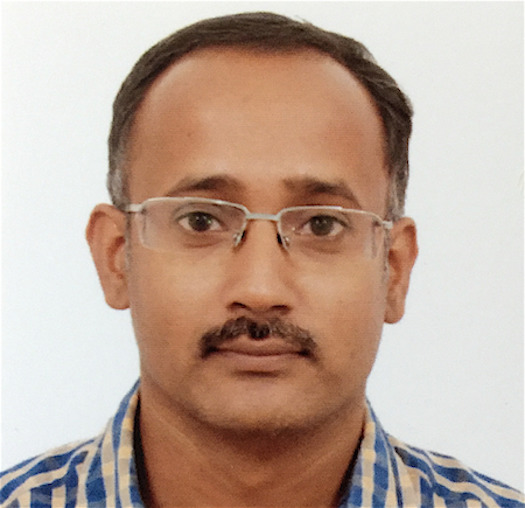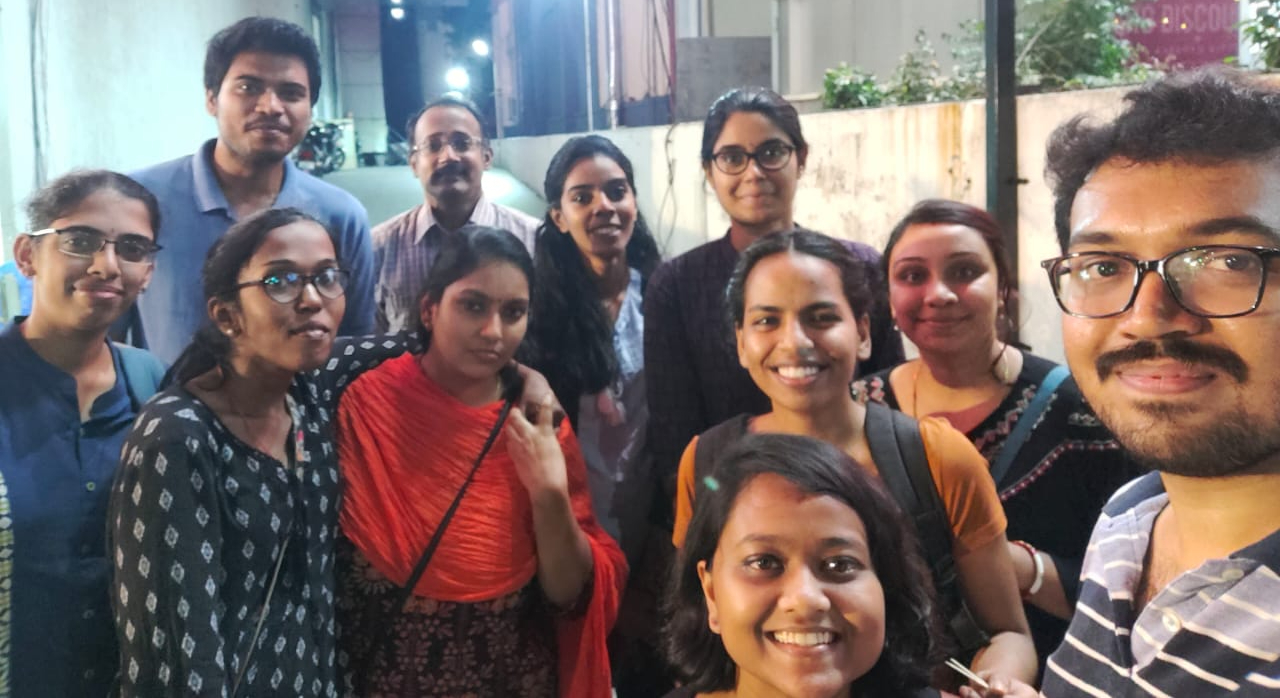HPCE Highlight

|
Athi NaganathanDepartment of BiotechnologyAreas of interest: Protein Biophysics |
Athi Narayanan Naganathan is currently an Associate Professor at the Department of Biotechnology, IIT Madras and manages the Protein Biophysics Lab since 2012. Before this he was a Juan de la Cierva post-doctoral fellow at the Barcelona Supercomputing Center, Spain. He received his doctorate in Biochemistry from the University of Maryland College Park (USA) in 2007 and holds a BTech in Industrial Biotechnology from Anna University, Chennai.
How does your group keep the HPCE cluster busy?
Our research group works primarily on proteins, the molecular machines that drive the majority of cellular processes. We explore in great detail the how and why of proteins folding into intricate three dimensional structures, the choreography of various residues involved (dynamics), the imprints of function on structure, and ways to engineer them. By combining experiments, simulations and theoretical modelling, we study an array of emergent behaviors including cooperativity, allostery, higher order assembly and phase separation, with implications in disease origins, cellular signaling and stress response mechanisms.
How do you see HPCE landscape in the domain of your research area change over the years?
High performance computing has been a game changer in the field of protein folding and design. Simulations and calculations that used to take several months just ~15 years ago can now be routinely performed in a matter of days. This uptrend has coincided with the advent of GPU cards (then primarily used for gaming) in high performance computing and specialized hardware (Anton supercomputer specifically designed to simulate proteins!). In addition, novel sampling-simulation techniques and more accurate force-fields have enabled researchers to address fundamental questions on the folding, macro-organization and functioning of proteins. It is worthwhile to note that the very recent success in protein structure prediction, a 50 year old problem, has been achieved in its entirety by combining basic understanding of protein structure, complex neural networks built from thousands of 3D structures, and extreme GPU power, highlighting the current high pedestal of high performance computations in biology.
However, the real challenge is when one studies large systems. For example, systems with millions of atoms can be simulated only for a few hundred nanoseconds with the current simulation approaches. A typical cellular milieu is orders of magnitude larger and importantly many of the cellular events happen at a timescale that is at least 9 orders of magnitude slower! I therefore expect high performance computing to hit a roadblock with respect to proteins over the next few years. While coarse-graining the system would enable sampling of slower events and larger systems, capturing the basic physics would require accurate parameterization and this is where, I believe, the HPC would play a larger role in the upcoming years.
What would you suggest to new faculty members and new students in your research area?
As with any field in modern biology, studies on protein folding and function have become incredibly inter-disciplinary with not just a large number of physical and biological techniques, but also computational approaches playing a major part. Students and young faculty should therefore embrace this paradigm shift and build an expertise that is well-rounded and not restricted to a narrow sub-domain involving only experiments or simulations. Designing proteins (including antibodies and biosimilars) to exhibit enhanced stability, solubility (particularly in heterogeneous mixtures), activity, and assembly properties for industrial applications is already a high-impact area. Given the immense computational power that is now available, it should be possible to combine both brute-force approaches and rational design to achieve these.
HPCE Highlight showcases the work of IIT Madras faculty members and their groups in High Performance Computing. It is powered by HPCE, Computer Center, IIT Madras.
